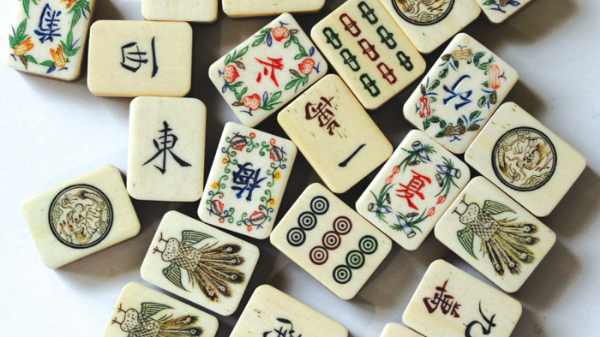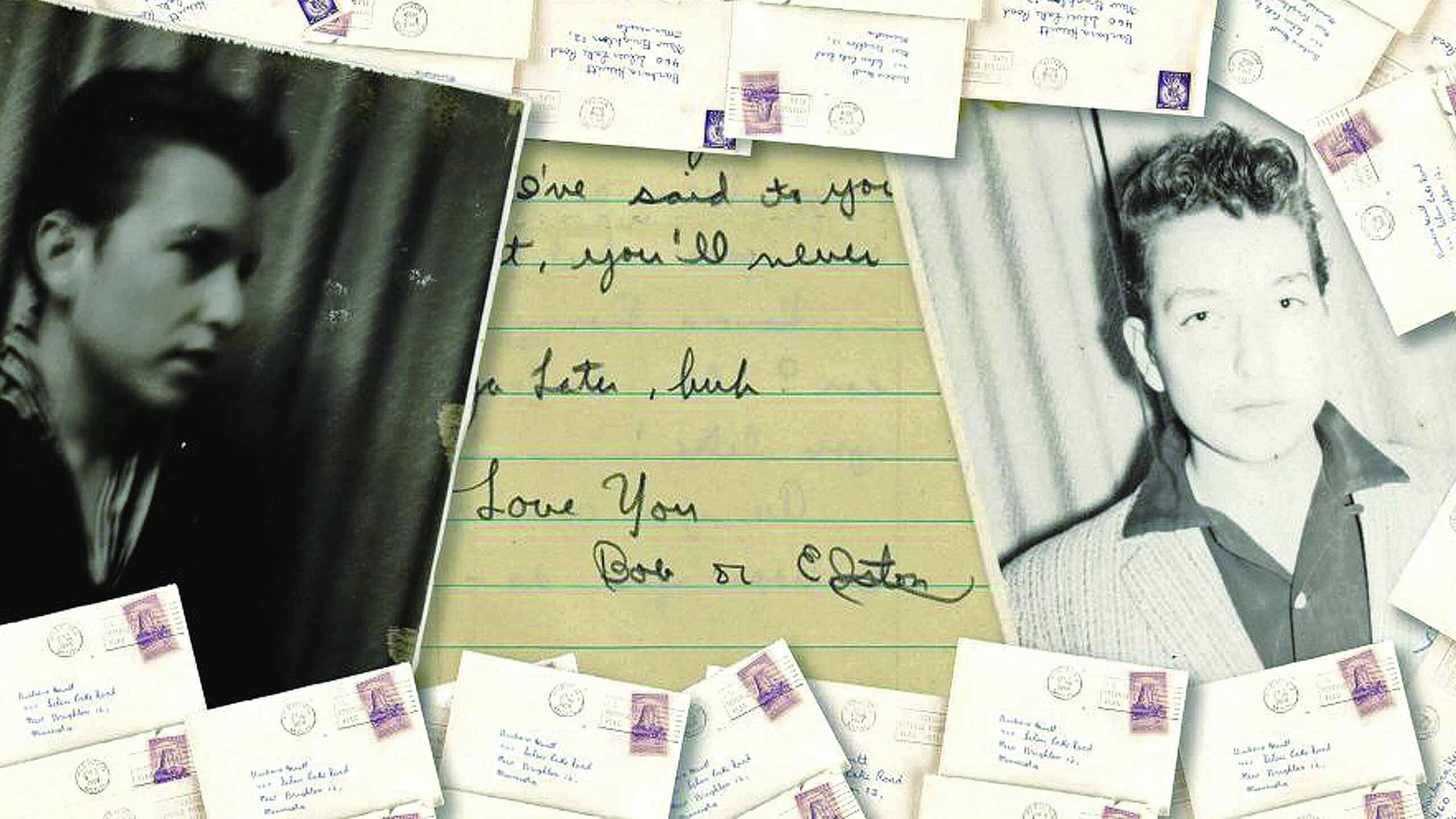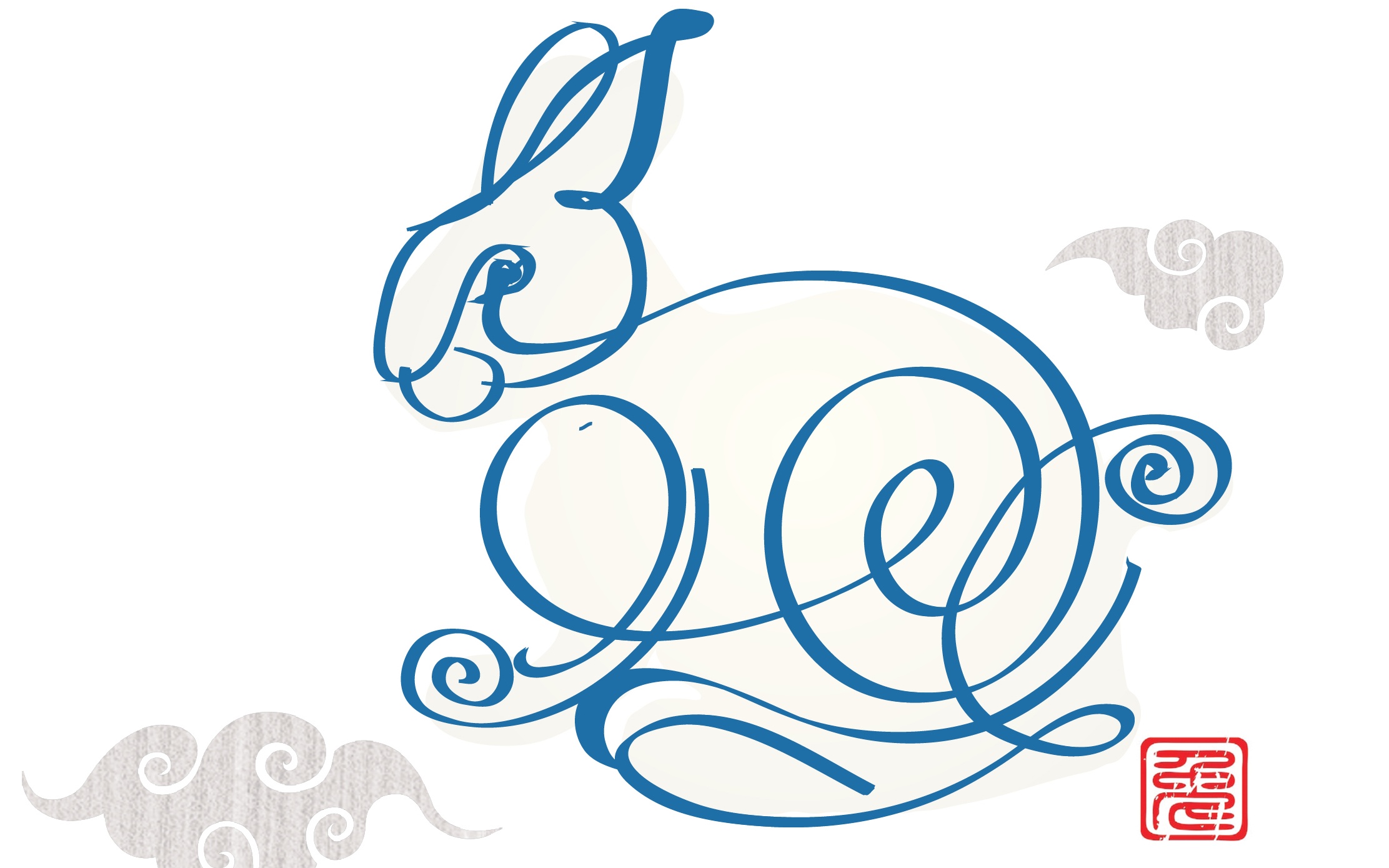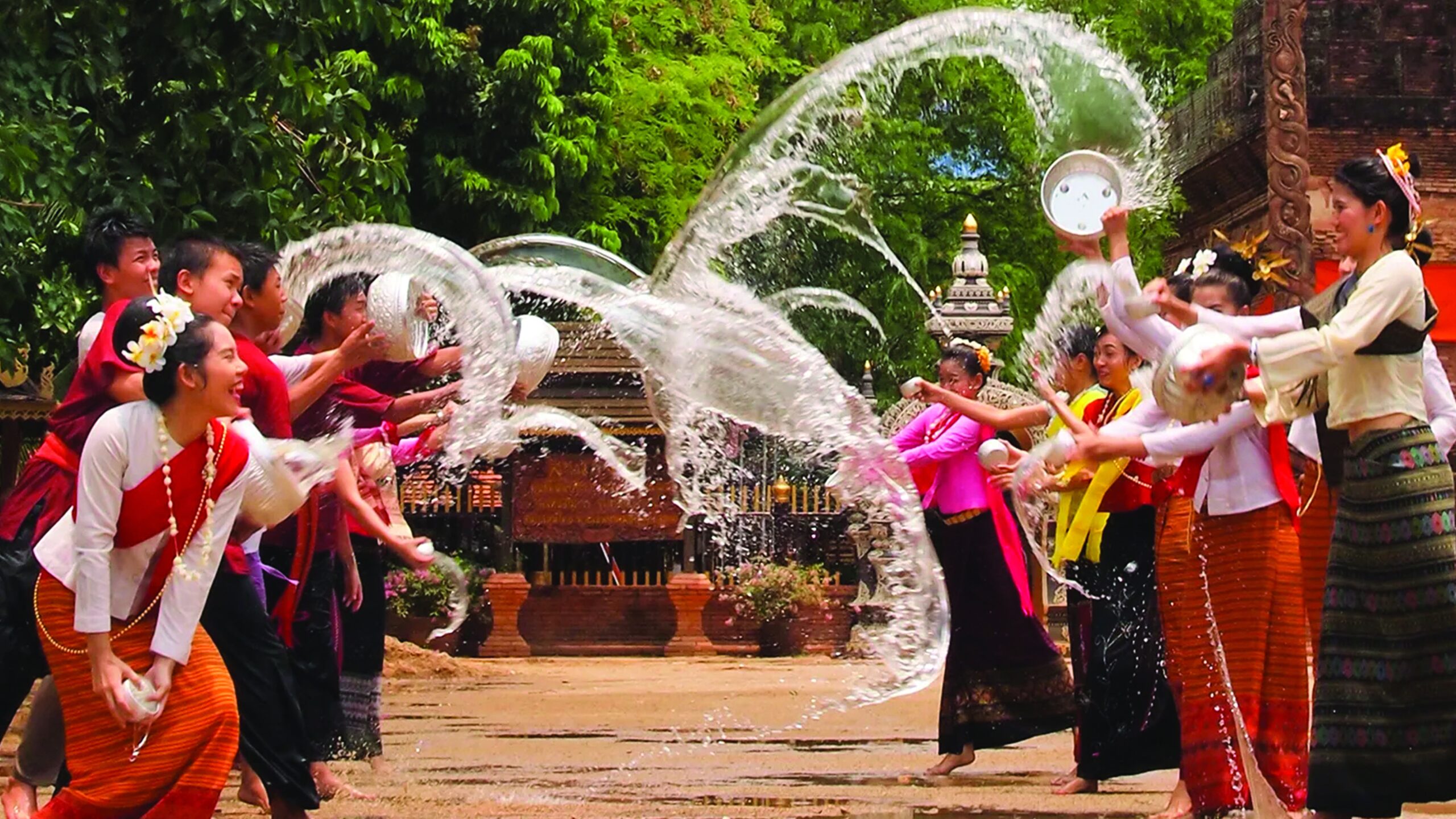
Mahjong Mania: How Mahjong conquered Hong Kong and then the world…
Mahjong, a tile-based game with its origins lost in the mists of ancient China, has become, arguably, one of the most iconic manifestations of Hong Kong culture. Indeed, any local will inevitably have found themselves caught up in this engaging pastime at some point in their lives. Whether at a family gathering, a wedding or even at a funeral, the clash and clang of mahjong tiles and the frantic exclamations of “Pong” and “Mo” are backdrops to many childhood experiences. For many younger residents, however, it has only been by association that this centuries-old game has impinged on their lives, as it has most frequently come to be regarded as solely a diversion for the more elderly.
More recently, however, there have been signs that the generation that once spurned it is now embracing the game. At the same time, there are also indications that its appeal is spreading out well beyond Asia as it finds keen participants on a truly international basis. In fact, there are now more than 20 recognised variants of the game in different parts of the world, all of them involving slightly different rules of play and contrasting levels of difficulty.
Believed to have evolved in mainland China during the time of the Qing dynasty, mahjong actually had its roots in the dice and card games of the earlier Ming era. Indeed, it is actually an updated take on a classic card game known as Peng He Pai that became what we now recognise as mahjong. Before it took on its iconic tile styling, it was played in the form of a deck of cards with symbols and characters. As such cards were easily blown away by a passing gust or wildly scattered by the motion of the sea when playing aboard a boat, carving the deck onto tiles came to be seen as a more resilient means of play and one that came to dominate.
“Frantic exclamations of ‘Pong’ and ‘Mo’ are the soundtrack to many Hong Kong childhoods”
The game continued to grow in popularity across the country until 1949, when the People’s Republic of China imposed a national ban on card games and all other forms of gambling, with mahjong then vanishing from public sight until after the Cultural Revolution. It was this enforced hiatus that saw much of the history of the game forever lost. Once the game was again officially sanctioned, however, its popularity soared, with its fame being carried far and wide by Western visitors to China. In the wake of this, mahjong was introduced to the United States and its gradual move to becoming a global cultural phenomenon began.
Today, it is a pastime enjoyed as far afield as China, Japan, the United States and even South Africa. Such is its popularity and ubiquity that it has become a bigscreen staple, taking all but starring roles in such international hits as Joy Luck Club and Crazy Rich Asians. Regardless of its growing global repute, however, mahjong remains, for Hongkongers at least, a game that inevitably unites people, while embodying the city’s cultural and societal values.
How to Play
Depending on your preferred version of the game, the number of players and tiles, as well as the exact rules and the form of winning hands, can vary considerably. The two constants, however, are the need for a mahjong table and a set of tiles. For the latter part, the tiles typically feature a range of characters and symbols that form what suits – bamboo, dots, characters (Simple), winds and dragons (Honours), flowers and seasons (Bonus).
The Set
Hong Kong mahjong (otherwise known as Cantonese mahjong) consists of 144 tiles traditionally hand-carved on bone or ivory, a rare skill now that most modern sets are mass produced in plastic. There are, of course, many premium, luxury sets, frequently adorned with gems and fashioned from precious metals, with both Hermès and Louis Vuitton offering intriguing variants.
The tables, too, can be found in a variety of styles. While square boards that can be placed on a flat surface remain the most popular, there are even several high-tech incarnations, one of which incorporates a robo-shuffling function.
The Gameplay
Although commonly involving four participants, the absence of a fourth doesn’t necessarily preclude playing the game In fact, Korean mahjong is often played with just three players. As for the tiles, different variations may omit or include various tiles, as is the case with American mahjong, which typically sees the addition of a ‘joker’ tile. In Cantonese mahjong, however, four players are the standard, with 144 tiles used.
At the start of each round, the tiles are ‘washed’ (shuffled) facedown, before being arranged into a wall of 36 tiles in an even stack of two rows in front of every player. Each player begins with 13 tiles in their hand, from which they then proceed to draw and discard tiles in a bid to form a winning hand.
Winning
In Cantonese mahjong, a successful hand consists of 14 tiles in any of the four winning combinations: Pong (three identical tiles), Kong (four identical tiles), Chow (three simple tiles all of the same suit in numerical sequence) or Eyes (two identical tiles). Compiling any such hand involves a mixture of skill, calculation and good fortune.
Although there are more than two dozen ways to play mahjong, with different rules and scoring systems, the objective remains the same – to create a complete hand with more points than any of your opponents.
MAHJONG AROUND THE WORLD
Cantonese Mahjong
Overall, Hong Kong mahjong (also known as Cantonese mahjong) remains the most popular version of the game. Viewed as faster-paced, more competitive and more challenging than other versions, it is the choice of the most skilled players and those who most enjoy the thrill of gameplay.
Chinese Classical Mahjong
Another significant iteration of the game is classical Chinese mahjong (or Chinese Official mahjong), the oldest version of mahjong. Although legitimised by an international rulebook issued by the Sports Committee of the People’s Republic of China in January 1998 as means of standardising the game in all global competitions, it is still not as commonly played in China as its Cantonese counterpart.
Western Classical Mahjong
Western classical mahjong is basically an American form of game play established in the ’20s. Featuring the most dramatic variants of any incarnation of the game, it includes the use of joker tiles and melds of five or more tiles (instead of three or four). It is this version that is favoured by American Mahjong League and has also found popularity in such US-friendly territories as the Philippines.
Sichuan and Other Mahjong
Sichuan mahjong, by contrast, is the simplest iteration of the game and acts as a good introduction for those new to the game and keen to learn the basics. It uses only 136 tiles (discarding the flower suit).
Other iterations that have significant differences are Japanese mahjong, in which the rules of declaring rīchi (ready hand) and dora (bonus tiles) are somewhat unique. Taiwanese mahjong, meanwhile, sees players hold 16 tiles per hand (instead of 13), while Korea’s iteration of the game excludes the use of the bamboo suit entirely and also relaxes its scoring system in a significantly stripped down version to the Cantonese and classical versions.
Read more related articles by clicking the below titles:
Lockdown Learning: New skills to pick up to expand your horizons
Seven cool new hobbies to pick up during quarantine












